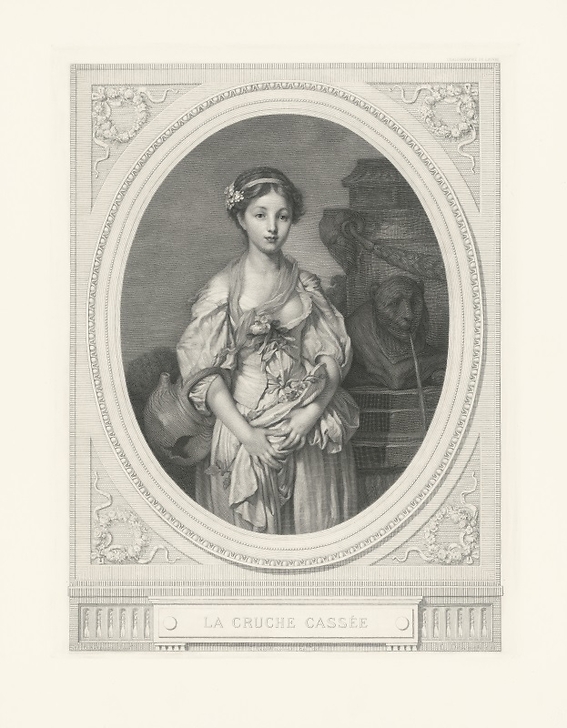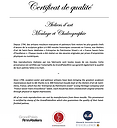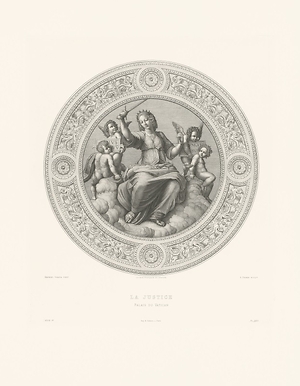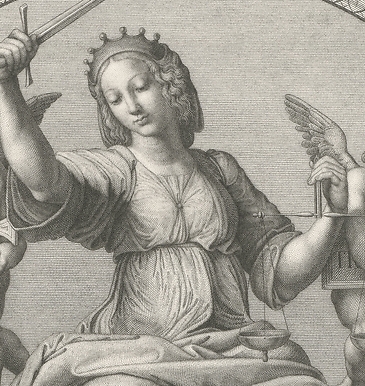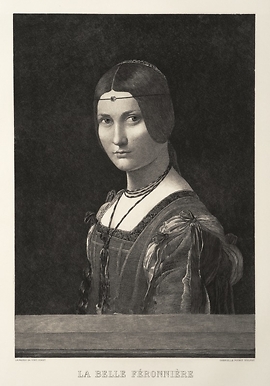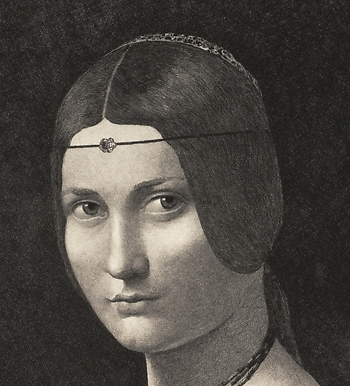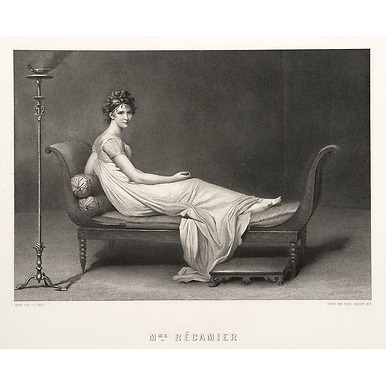Engraving The broken jug - Jean-Baptiste Greuze
KM006003
This print reproduces Greuze's famous painting dating from 1772 and kept in the Louvre. The engraver kept the oval shape of the canvas by creating a decorative frame around it inspired by the gilded wooden frame.
David-Joseph Desvachez is a Belgian engraver. From 1849 to 1878 he exhibited at the Paris...
Read more
This print reproduces Greuze's famous painting dating from 1772 and kept in the Louvre. The engraver kept the oval shape of the canvas by creating a decorative frame around it inspired by the gilded wooden frame.
David-Joseph Desvachez is a Belgian engraver. From 1849 to 1878 he exhibited at the Paris Salon. The Louvre probably entrusted him with the production of the copper plate reproducing this masterpiece of the Louvre.
Greuze studied in Lyon. A student of Natoire at the Academy, he did not pursue the official path of the Rome Prize and academic career. In 1755 he was nevertheless approved and sent some of his works to the Salon. Critics enthusiastically welcomed what made it original in the middle of the century and which would remain a constant in his work: family scenes of obvious moral intent where the touch of gallantry would be transformed into a more daring sensuality.
Greuze is an attentive observer, a disciple of the Dutch with a delicate and sensitive soul. From his trip to Italy in 1756 he retained the picturesque, but did not seem preoccupied with the fashion of the Antique.
Greuze opens a new path: genre painting treated with the resources of history painting, which allows actors to express their feelings. "the village granted"; "filial piety"; "the beloved mother". Then, giving himself to history painting, he acquired austerity and precision which he applied in his moralistic painting: darkened colours, the gesture became more dignified, a certain tension in expression and attitude even though the drama was only bourgeois. The broken jug belongs to this period and evokes the lost virginity.
Close
Login to see prices
Sold by GrandPalaisRmn

